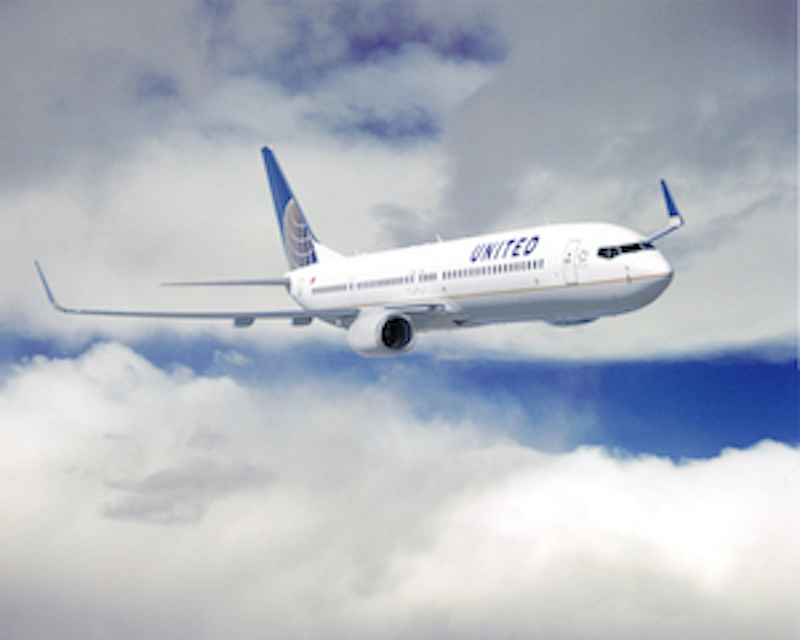This Story Has Leg(ging)s! A Look at United Airlines’ Response

This weekend brought a strange story that underscores how fast a crisis can move and how important information is in a tough situation — especially a social-media crisis. We speak, of course, of United Airlines’ Great Leggings Controversy.
The tale began on Sunday at 9:36 a.m. ET (or, 7:36 a.m. MT), when a woman named Shannon Watts was at the airport in Denver and, in three tweets, described what she was witnessing. A United Airlines gate agent was refusing to let two young teen girls get on a flight to Minneapolis because they were wearing leggings. The girls would either have to change or put dresses on over the leggings. “Since when does @united police women’s clothing?” Watts asked.
United Airlines, which has an aggressive program to respond to customers’ tweets, replied to Watts four minutes after her third one: “@shannonrwatts Are you speaking with this passenger, Shannon?”
Watts responded immediately: “They just boarded after being forced to change or put dresses on over the top of their clothing. Is this your policy?”
The company’s next reply, 16 minutes later, probably came off a little cold, a little legalistic. It wrote: “In our Contract of Carriage, Rule 21, we do have the right to refuse transport for passengers who are barefoot or not properly clothed.” It included a link to the policy.
The Twitterverse looked at the policy and many didn’t like it. But more importantly, the response was incomplete — that wasn’t really what was happening. United Airlines didn’t yet have a piece of information that it soon acquired.
‘Pass Travelers’
At 12:15 p.m. ET (10:15 a.m. in Denver), the United Airlines account tweeted to Watts that the customers involved were “pass travelers” and that the company has “a dress code for pass travelers as they are representing UA when they fly.” Probably due to the medium’s limitations, it didn’t explain what pass travelers are (employees or their relatives flying for free or at a discount). But it did say to Watts, “ We appreciate you being our eyes and ears.”
Alas, with that, all hell broke lose on Twitter, with even celebrities such as actors William Shatner, Seth Rogen, and Patricia Arquette chiming in. They debated the propriety of the company having a dress code even for the pass travelers, especially young teens.
According to Brandwatch, United Airlines’ usual 2,000 daily mentions on Twitter, Facebook, and Instagram soared to 134,000 — and flipped from 69 percent positive the day before to 69 percent negative.
Thus far, United Airlines’ tweets were all in response to Watts’ messages. It then issued two tweets on its own feed. In what was essentially its first official statement on the matter, at 2:25 p.m. ET it wrote: “The passengers this morning were United pass riders who were not in compliance with our dress code policy for company benefit travel.” That policy nixed such form-fitting pants.
At 9:25 p.m. ET the company tweeted a longer statement that was also posted on its website (though strangely dated March 27). It explained what “pass riders” are and further explained that the travelers in question hadn’t followed the dress code. The statement was headlined, “To our customers…your leggings are welcome!” — meaning, regular customers.
Dress Codes
Not everyone was satisfied with that. “Airlines have surprisingly strict dress codes for people traveling on ‘buddy passes,’ and astonishingly tone-deaf explanations,” NPR wrote.
Yet, as the crisis unfolded and the facts became clearer (early coverage was a bit confused), it also became clear that United Airlines wasn’t backing down. It didn’t apologize. Some Twitter commenters resented that.
According to Reuters, United Airlines spokesman Jonathan Guerin admitted that the company could have gotten the correct facts out earlier. “But our response following that, once we did have all of the facts, I think we reacted the right way with this,” he said.
Photo Credit: United Airlines




 Back to Blog
Back to Blog